A Novel Look at Paris, II

Friday, 25 October
The long, unusual walk I took two weeks ago in anticipation of The Art of Regret's publication* got me thinking about shorter, more pedestrian walks, ones made so frequently you can almost stop noticing all that is going on around you. To paraphrase the poet William Blake, all you need is a grain of sand to see the world.
Every day, and since the arrival of dog Tasha more than once in the course of that day, I walk from our Left Bank apartment down the rue de Solférino and over the bridge to the Right Bank and the Tuileries Gardens. According to my telephone it is a seven-minute, not quite 500-metre walk. But it’s all right there: a rich sampling of the city’s history, signs of its transformation and a fair display of la comédie humaine.
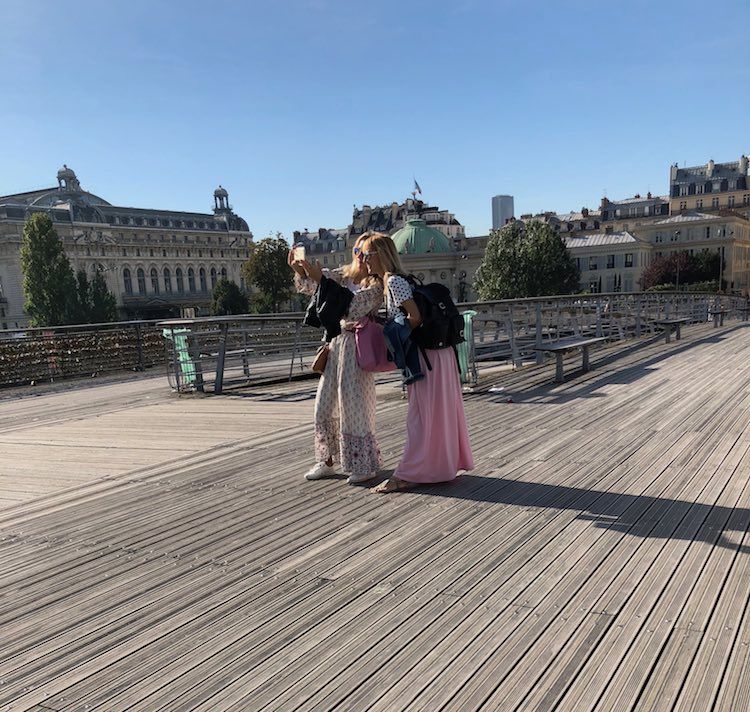
The rue de Solférino was created in 1866 under the Second Empire, following Napoleon III’s victory over the Austrians in the Lombardy campaign several years prior.
I turn the corner onto the street at number 10 and that building alone captures many of the vicissitudes of French history for the last 150 years. Un hôtel particulier, it was built by Albert de Broglie, a monarchist statesman and member of a well-known aristocratic family. In a 1934 about-face, a branch of the communist CGT union bought the property, only to see it occupied during the war by the Office of Information, the propaganda arm of the Vichy government. Shortly before the Libération the infamous Minister Philippe Henriot, his screaming wife cowering in the corner, was assassinated in their bedroom there by the Résistance. The building was returned to the CGT until 1981 when, following the victory of François Mitterrand in the presidential election, it was bought by the Socialist Party, the owner I have associated it with for almost all of my Paris life. But the Socialists' lamentable score in the 2017 presidential elections forced them to sell. It was bought by - whom else these days - developers, a group called Apsys, builders and managers of shopping malls in Poland and France. When this réalisation iconique is finished, it will serve as the company headquarters.
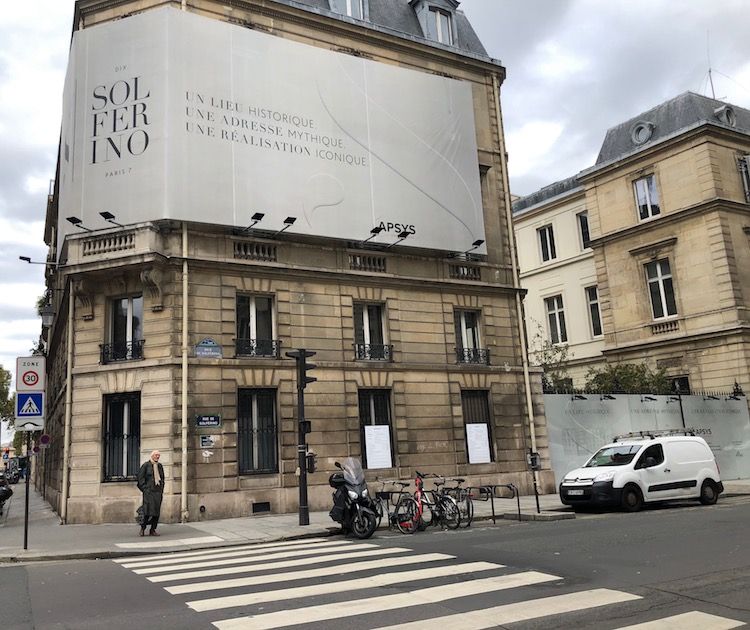
Not to be outdone by the communist Résistance, Charles de Gaulle set up his headquarters after the war across the street, at number 5; today it is a foundation bearing his name. At the top of the street, at the two corners along the Seine, numbers 1 and 2 respectively house in other hôtels particuliers the Légion d’Honneur and the former European headquarters of the drinks company Pernod-Ricard. The latter was sold to - whom else if not a developer - a Russian oligarch in 2012. It’s been under renovation ever since.
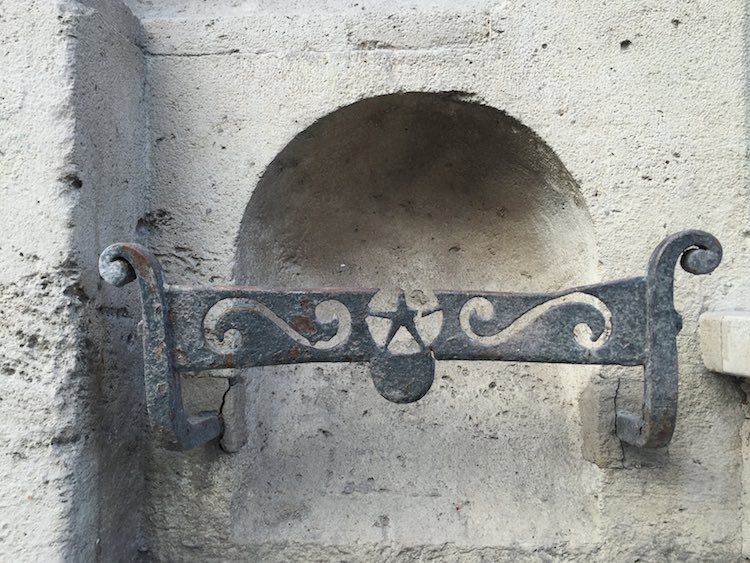
And scattered in between these grand edifices are boutiques redolent of an older Paris, one clinging to survival, if the number of customers I see patronizing the shops is any indication.

When we cross the quai Anatole France (French homme de lettres), Tasha and I must first walk around a very large, clumsily placed statue of Thomas Jefferson that appeared one day, seemingly out of the blue, about 10 years ago.

Perhaps its awkward location has something to do with the French attitude towards old Tom. He may have been the first US ambassador and the man who asserted: “Every cultured man has two countries: his own and France.” But he also managed to acquire the Louisiana Territory from them for a song, when Napoleon needed ready cash to fund his wars . For me the statue serves as a constant reminder of the long history between the two countries, most recently exemplified in President Macron’s fawning attentions to President Trump and President Trump’s parade-envy over France's 14 juillet display of military might.
Once on the passerelle Léopold Sédar Senghor, until 2006 known (and still called by old people like me) the pont de Solférino, there is the most magnificent view of the city, up and down the river Seine. I never tire of photographing it, however trite the light...

and I am not alone.
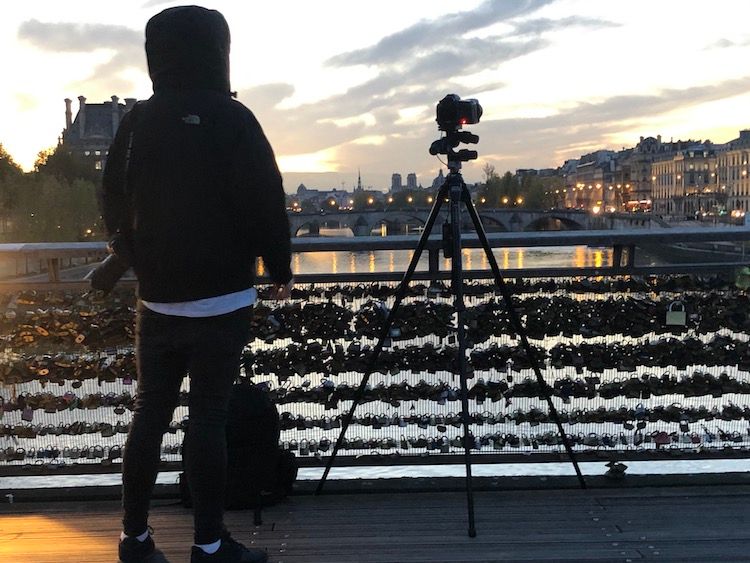
As you can see in the above photo, the pedestrian bridge continues to be the scene of love-lock mania, as well as the city's pathetic attempts to control it.
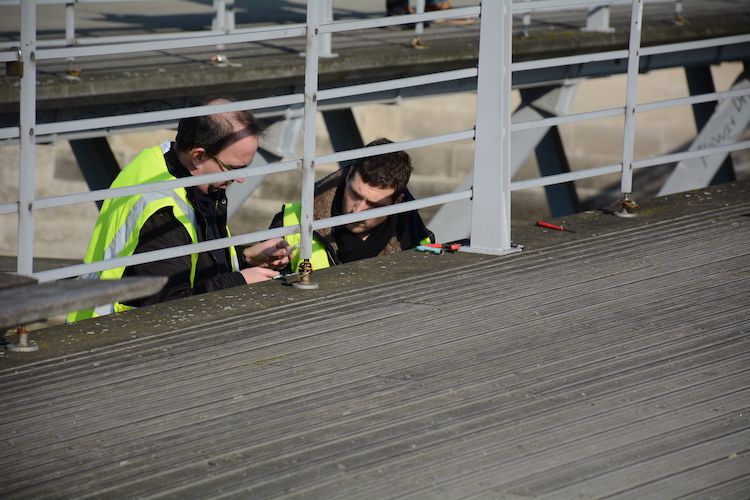
From the bridge Tasha and I often pause to observe another contemporary obsession...

...weather permitting...
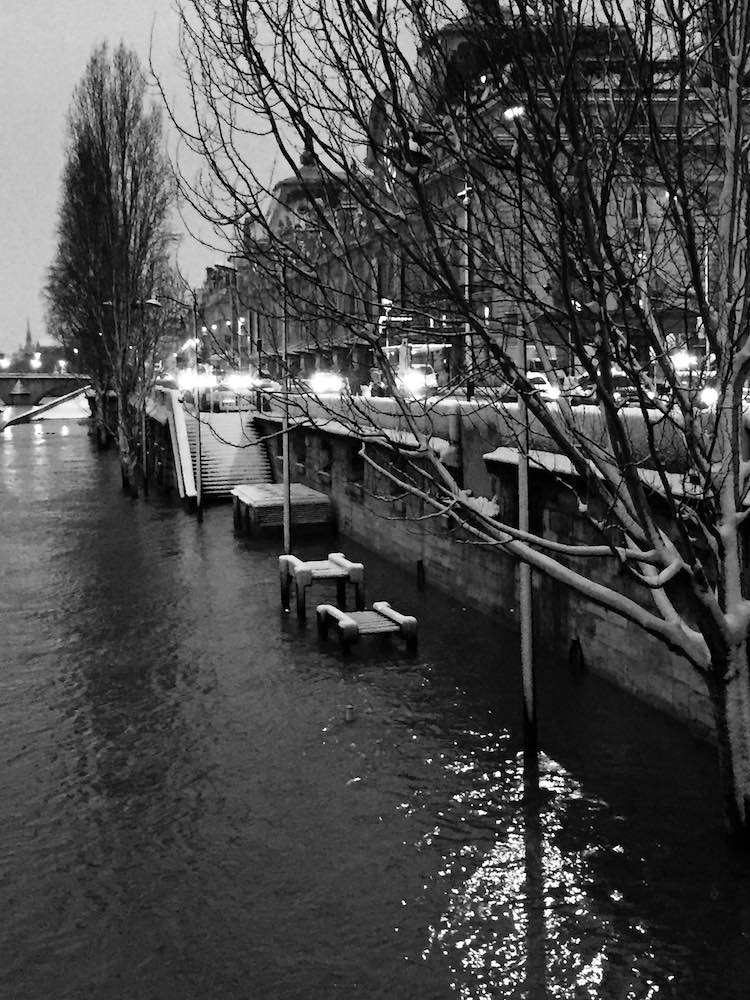
...or just the vicissitudes of nature...

Despite its location in the heart of bourgeois and tourist Paris, the bridge is also a stage for the social phenomena of the day. The scooters that almost kill you, the throngs of tourists that beg questions about both our carbon footprint and our ballooning numbers on the planet in general. Then there are the bands of young Roma who prey on tourists here and in the Tuileries, challenging one's liberal principles of openness to the world. Or the Sri Lankans who illegally sell love locks and freshly roasted chestnuts.

Until yesterday, I rather admired the latter's ingenuity, enjoyed the aroma of chestnuts on an open fire, even if I wished they'd stop selling plastic bottles of water too. But then I saw a vendor clutching branches he'd ripped untimely from the trees in the Tuileries to start his fire and was outraged by this flagrant act of urban deforestation.
Still, I find it heartening that so much can be seen and experienced in such a short distance, so close to home. That all you need to start another novel is right around the corner. It makes me look forward to next year and getting back to work.
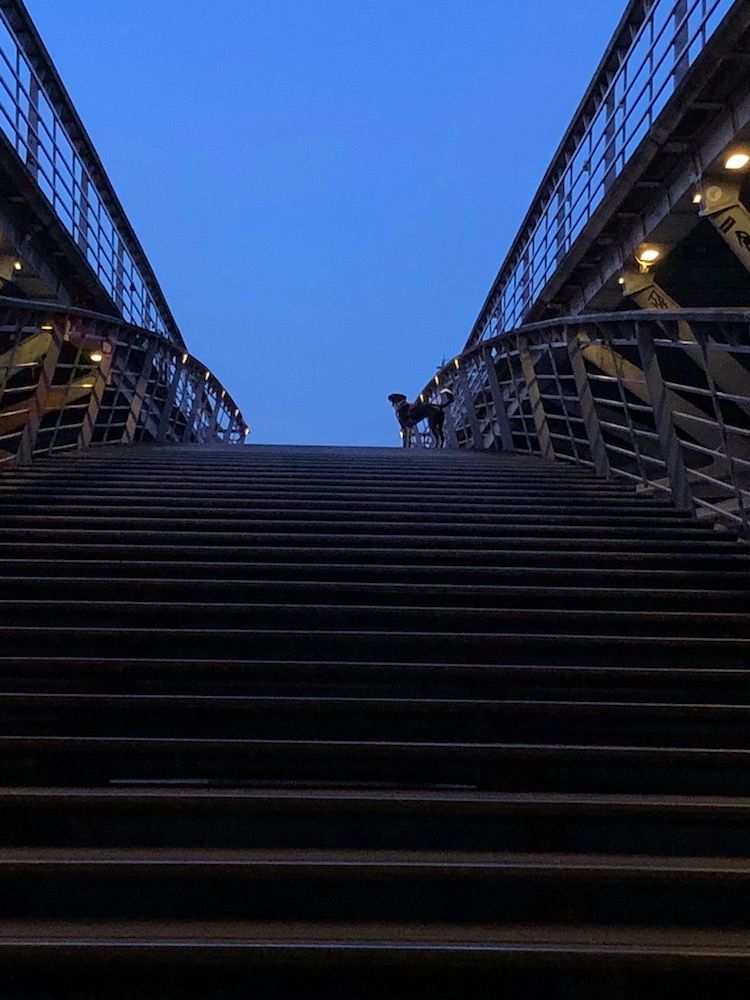
*The Art of Regret did indeed appear last Tuesday 22 October and thanks to all of you who have given it such a warm welcome. For more information, including press and events, please click here for my website.